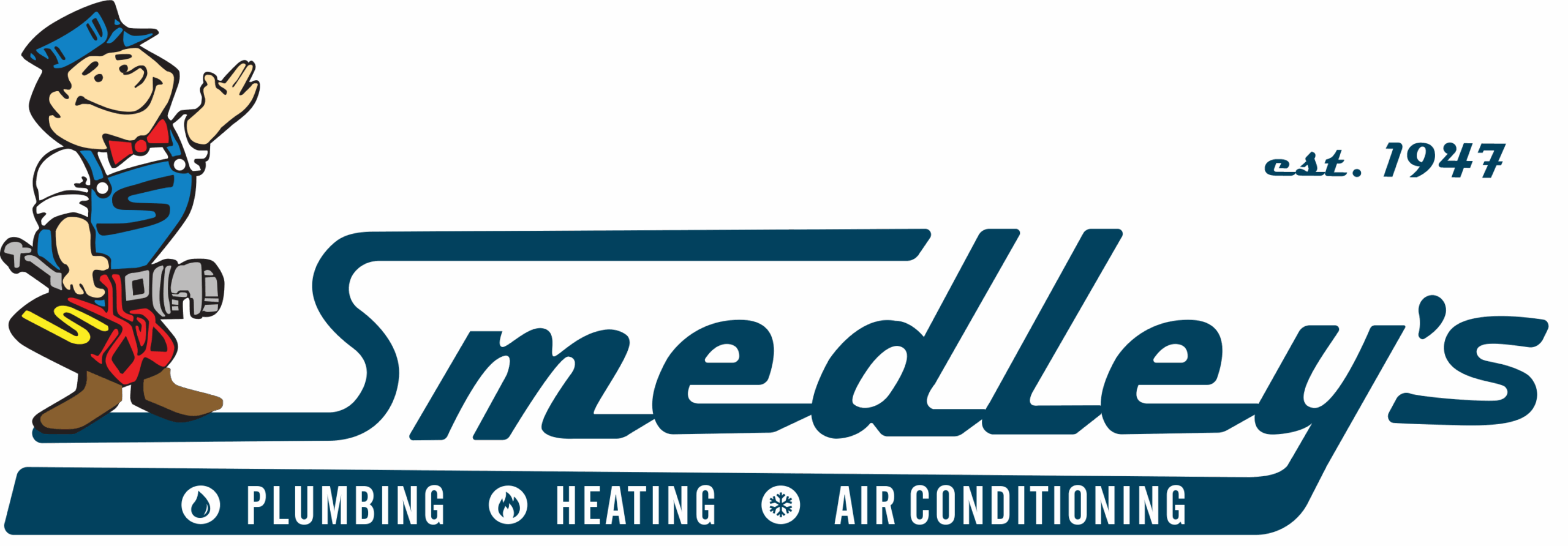
If you have a clogged or slow-moving drain in your Layton, UT home, the solution could lie within your pantry. A simple mix of white vinegar and baking soda will trigger a brisk, foaming reaction that can loosen trapped debris and clear pipe interiors. However, before trying this popular do-it-yourself remedy, it’s important to know why it works, how it works, and when to use it versus when to call a drain cleaning service.
How to Use Vinegar and Baking Soda to Tackle Clogs
Heavy build-ups of general drain waste are among the most common causes of clogged bathtubs, showers, and sinks. As soap scum, body oils, grease, hair, and biofilms adhere to pipe walls and other plumbing components, they gradually decrease the space for wastewater flow. Fortunately, baking soda and vinegar are often powerful enough to “eat” through much of this debris.
Once combined, baking soda and vinegar instantly react by foaming and fizzing. To ensure that this reaction occurs at the sight of a blockage, you should put baking soda in your clogged drain first and then chase it with vinegar. For best results, use equal parts white vinegar and baking soda. For instance, you can place one cup of baking soda in your drain and then pour in a single cup of white vinegar.
How Baking Soda and Vinegar Work
Baking soda is base, and vinegar is acidic. When combined, they create carbonic acid. Carbonic acid is a highly unstable acid that rapidly turns into salt, carbon dioxide, and water. This chemical change creates a profusion of bubbles and foam. It’s this bubbling and foaming that loosens debris in clogged or dirty drains.
Why Baking Soda and Vinegar Might Fall Short
Although visually impressive, the foaming reaction that occurs when baking soda and vinegar are combined is generally mild. It’s also short-lived. Depending upon how much baking soda and vinegar you use, how much water and debris are present in your drain, and other factors, this reaction could last just seconds.
What Not to Do When Using This Remedy
Treating clogs with simple pantry items like baking soda and white vinegar is safer than using corrosive, store-bought drain-cleaning chemicals. However, to intensify, prolong, or support the resulting chemical reaction, some people cover their drains or chase this mixture with boiling water. Both actions can harm plumbing systems and could create the need for major plumbing repairs.
Flushing Drains With Boiling Water
To hasten movement and further loosen debris, you can chase vinegar and baking soda with hot water as soon as the foaming reaction dissipates. The best way to do this is by using hot water from your tap rather than boiling water. Pouring boiling water down your drains is never a good idea.
Boiling water can soften and distort PVC pipes and other plastic or plastic-based plumbing components. Boiling water can additionally weaken pipe joints and dissolve plumbing adhesives.
Covering Drains
Covering treated drains immediately after adding vinegar and baking soda traps the resulting gases, prolongs the foaming reaction, and allows the harsh fumes from white vinegar to further soften built-up waste. Some people leave their drains covered for an hour or less. Others keep treated drains covered overnight.
Covering drains after using vinegar could cause serious problems if you have copper, galvanized steel, or other metal wastewater pipes. The high acidity of white vinegar can cause or accelerate pipe corrosion. Keeping vinegar in your drains or repeatedly using it as part of DIY remedies can shorten the lifespan of metal pipes and set the stage for future leaks.
Tough Clogs and DIY Remedies
Although heavy build-ups of debris are among the top causes of slow-moving and blocked drains, they’re not the only cause. Your drain might be blocked by a hard, non-degradable item such as a dropped toy, hair accessory, or toothbrush. Baking soda and white vinegar cannot break through or dissolve solid, non-degradable items. This mixture is also insufficient for addressing large accumulations of hair, toilet paper, food waste, or grease.
Multi-Drain Issues and What They Mean
You certainly don’t want to use baking soda and white vinegar to clear your drains if you have multiple blocked or sluggish drains at once. Multi-drain issues are an indication of problems further along your plumbing system. For instance, you might have a cracked, offset, or clogged sewer pipe.
Whenever you have multiple clogged, foul-smelling, or slow-moving drains at once, you should call a plumber right away. Having a plumber find and fix your sewer line issues will help you avoid a whole-house backup.
Using Vinegar and Baking Soda in Dirty, Poor-Maintained Drains
To keep your drains functioning optimally, you should have them professionally cleaned at least once each year. If you haven’t scheduled professional drain maintenance in a while, clearing a blocked drain with baking soda and white vinegar could compound your problem.
Build-ups of trapped waste in poorly maintained drains decrease interior pipe diameters throughout plumbing systems. After using baking soda and vinegar, dislodged debris could create a blockage on its way to the sewer line.
When to Use Baking Soda and Vinegar
Baking soda and white vinegar is an excellent mixture for freshening dirty drains in between professional drain cleaning. You can use this mixture once every few months to avoid foul drains odors, minimize buildups on pipe walls, and keep things moving swiftly. You can also use it for a single, slow-moving drain or a mild clog.
What About Other DIY Drain-Cleaning Methods?
If you have a blocked drain and know that vinegar and baking soda won’t clear it, you might be tempted to use a drain auger or store-bought, chemical drain cleaner. Unfortunately, DIY drain snaking can lead to problems like:
- Pipe gouges
- Scratched pipe linings
- Damaged porcelain coatings
- Serious physical injuries
Worse still, using an auger to clear drain clogs on your own can void your plumbing fixtures’ warranties.
Whether caustic or corrosive, store-bought drain cleaners are often strong enough to eat through pipe materials and cause leaks. These products can also cause severe eye and skin burns and respiratory distress if used incorrectly.
When to Call a Plumber
If you have standing water in your sink or shower pan, it’s best to call a plumber. Standing water will dilute baking soda and vinegar and decrease the intensity and efficacy of the mixture’s foaming reaction.
What Methods Will Plumbers Use?
Our plumbing services team uses drain cleaning methods that safely and effectively break up or extract trapped materials. With hydro-jetting, we use high-pressure jets of water to slough off grease, power through hair, and eliminate other grime. Hydro-jetting uses water pressure levels as high as 3,500 psi to open pipe interiors and force drain waste toward sewer lines.
For hard, non-degradable items and larger, tougher drain obstructions, we can provide rooter service or mechanized drain snaking. We use retractable augers to pierce and pull out blockages or break through them. No matter which drain cleaning method we choose, we can also use sewer line cameras and other exploratory and diagnostic tools to inform our work.
We’ve proudly served Layton and the surrounding communities since 1947. We offer expert drain cleaning and general plumbing services. We can quickly and accurately locate your clog and determine the best solution. If you have dirty, blocked, or slow-moving drains in your home, call Smedley Service today.




